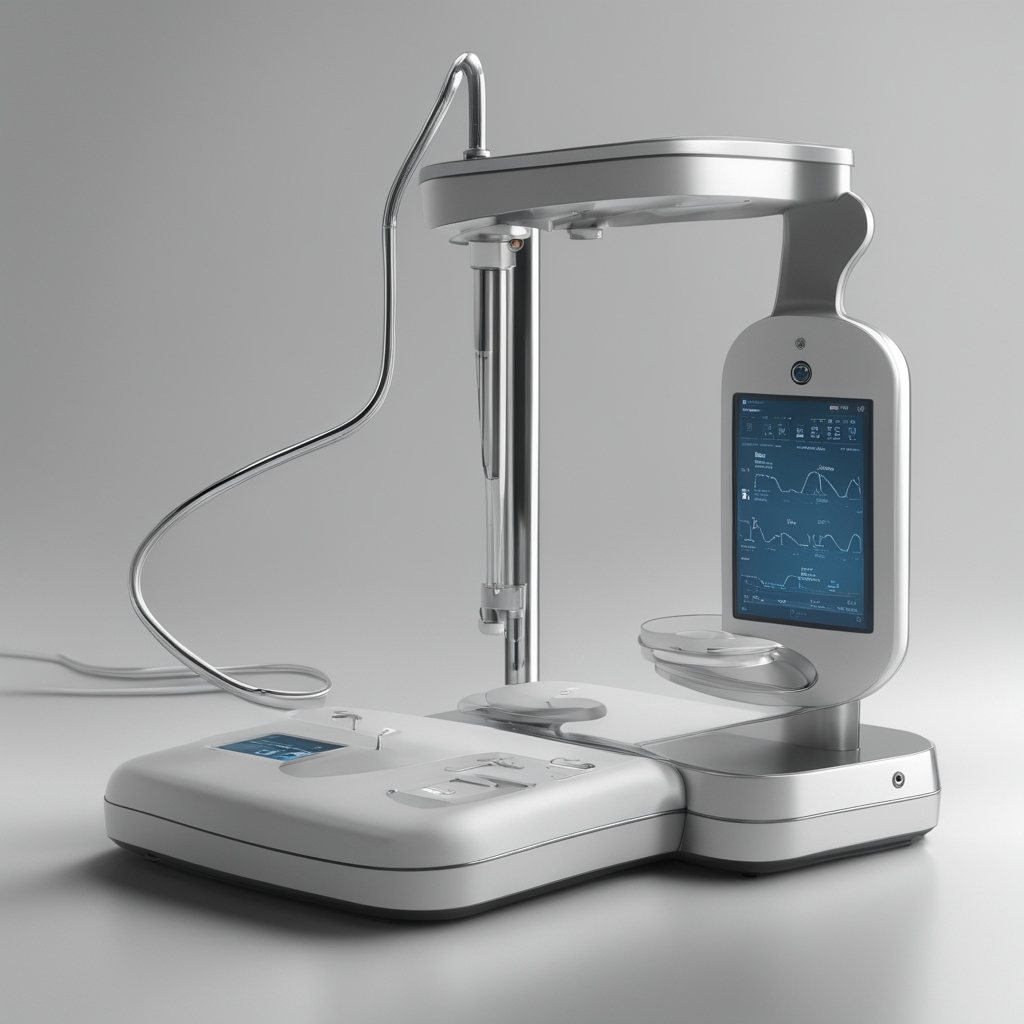
Revolutionizing Medical Device Development: The Synergy of CAD and Generative Design
In the rapidly advancing field of medical device development, the fusion of Computer-Aided Design (CAD) and Generative Design is setting new benchmarks for innovation, efficiency, and customization. This powerful combination leverages the precision and versatility of CAD with the AI-driven capabilities of Generative Design to pioneer solutions that were once deemed impractical or impossible. As we explore the transformative impact of these technologies, it becomes evident that their integration is not merely an enhancement but a revolution in the design and manufacturing of medical devices.
Precision Engineering Meets AI-Driven Innovation
CAD provides a robust platform for precise modeling and simulation, allowing engineers to draft, analyze, and refine complex geometries with high accuracy. When integrated with Generative Design, this precision is taken to new heights. Generative Design algorithms, powered by AI, explore many design possibilities, automatically generating optimized solutions that meet predefined criteria. This synergy enables the development of medical devices that are not only innovative but also tailored to specific clinical needs.
Customization at the Core of Patient Care
The amalgamation of CAD and Generative Design excels in creating highly customized medical devices. This approach is crucial in areas where one-size-fits-all solutions fall short, such as prosthetics and implants. By utilizing patient-specific data, these technologies can design devices that match the unique anatomical features of individual patients, enhancing comfort, functionality, and overall treatment outcomes. This level of customization underscores a patient-centric approach to medical device development, promising improved quality of life for recipients.
Accelerating Development and Reducing Time to Market
The combination of CAD and Generative Design significantly accelerates the design process. Generative Design’s ability to quickly iterate over design alternatives allows for rapid prototyping, drastically reducing the time from concept to product. This efficiency speeds up the development cycle and enables medical device companies to respond swiftly to emerging healthcare needs and regulatory changes, ultimately bringing life-saving devices to market faster.
Achieving Sustainability through Intelligent Design
Sustainability is becoming increasingly important in the medical device industry, and the integration of CAD and Generative Design addresses this need by optimizing material usage and reducing waste. By precisely calculating the amount of material required and utilizing it in the most efficient way, these technologies support the development of more sustainable manufacturing processes. This benefits the environment and reduces costs, making advanced medical technologies more accessible.
Overcoming Complex Design Challenges
The complexity of designing medical devices that are both effective and manufacturable is a significant challenge. The fusion of CAD and Generative Design thrives in this complexity, enabling the creation of devices with intricate features and geometries that traditional design methods cannot achieve. This capability is vital for developing next-generation medical devices that can perform complex functions while being minimally invasive.
A Breakthrough Example: Customized Cardiac Stents
A standout application of CAD and Generative Design in the medical device industry is the development of customized cardiac stents. Traditional stents often come in predefined sizes and shapes, which may not perfectly fit all patients, potentially leading to complications. By employing Generative Design, companies have developed stents that precisely conform to the patient’s vascular geometry, improving the efficacy of the treatment and reducing the risk of restenosis. This example highlights the potential for personalized medical solutions and underscores the transformative impact of these technologies in addressing specific clinical challenges.
The integration of CAD and Generative Design is ushering in a new era of medical device development, marked by rapid innovation, enhanced customization, and improved sustainability. As this synergy continues to evolve, it promises to further expand the possibilities of medical treatment, ensuring that devices are more effective and personalized to meet each patient’s unique needs. The future of medical device development is here, and the power of CAD and Generative Design is shaping it.











